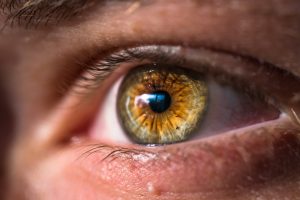Tight cell-to-cell contact during viral transmission reduces the potency of antiviral medications and aids viruses in evading neutralizing antibodies (nAbs). Numerous human viruses, including SARS-CoV-2, influenza A, and respiratory syncytial virus (RSV), have been shown in studies to infect and live inside a host using either this mechanism, cell-free particles, or both.
Previous research has linked SARS-CoV-2 to the development of syncytia in human lung tissues. SARS-CoV-2 and other coronaviruses (CoVs), such as Middle Eastern Respiratory Syndrome (MERS-CoV), increase direct cell-to-cell transmission in part due to the creation of syncytia. The fundamental processes of S glycoprotein-induced cell-to-cell dissemination of SARS-CoV-2, as well as the host components implicated in this process, are yet unknown.
TJs, intercellular structures seen in human airway epithelial cells, control the flow of ions and small molecules.
They act as the initial line of defense against infections. The protein OCLN, found in TJs, is known to be an essential host factor for the entry of a number of viruses, including rotavirus and hepatitis C virus, within a human host.
The researchers hypothesized that TJ proteins might be involved in the transmission of SARS-CoV-2 from cell to cell because the virus-induced fusion of virus-infected cells with nearby cells and the formation of syncytia require rupturing the intercellular barrier.





